One of the questions I get asked most often is: “How does your family manage to read so many books on Black culture and history while also covering all the other homeschool subjects?” It’s a good question, and the answer is simple: Black books are everywhere in our homeschool. They don’t stand off to the side or live in their own unit study. They are integrated into every part of what we do.

Here’s how it works in practice:
We Use Natural Topical Categories
Let’s start with history. At any given time, my children are reading three types of history books:
- Historical fiction set during the time period we’re studying
- Biographies of people who lived in that time
- A nonfiction spine or topical book that provides context and depth
Any one of these—and often all three—can be focused on Black history. In fact, I estimate that well over 50% of the history books we read are connected to Black culture or historical figures, depending on the time period covered.
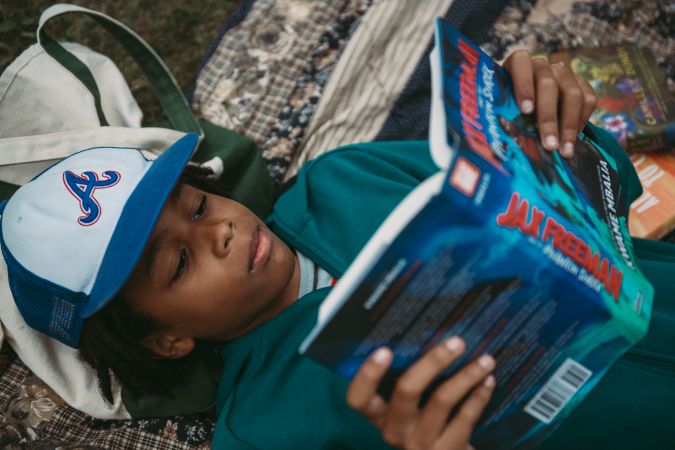
For example, if we’re reading about George Washington, we’re also reading about Ona Judge, a woman he enslaved. The two stories sit side by side, providing a fuller and more accurate picture of the time. There are many nonfiction history books recommended in Soul School, and even more are listed under the Book Recommendations tab on my website. If you’re looking for a comprehensive list organized by historical period, check out this post, which also includes reading guides and links to books.
Another example: my youngest son is currently reading Popo and Fifina, a story about siblings living in Haiti. It’s not one of the official Soul School recommendations, but it is mentioned in an earlier chapter of the book as a significant cultural text. In our homeschool, I count it as a human geography read, so it’s listed under “Geography” on his schedule.
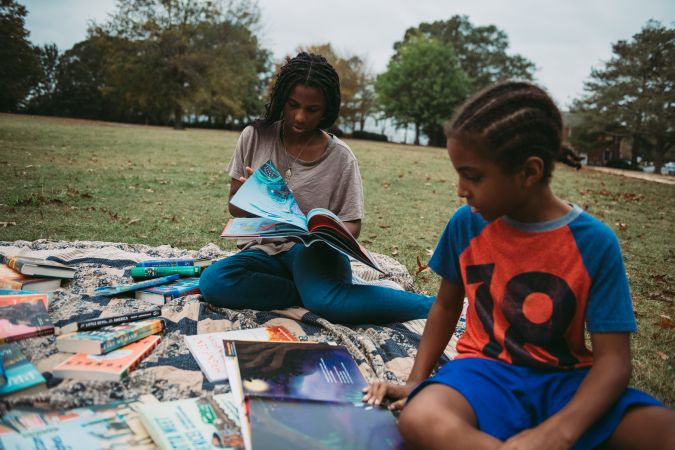
We Read Aloud Consistently
I read aloud every day. It’s the most consistent thing we do. Our read-aloud time usually happens in the morning, during or right after breakfast, and sometimes again at night before bed.
Morning time includes a variety of materials, such as missionary and faith-filled stories, chapter books, picture books, poetry, hymns, folk songs, Bible passages, and composer or picture studies. It’s a peaceful time in our day, unbothered by outside distractions like field trips or afternoon activities. Because it’s locked into our routine and happens early, it never gets skipped.
I don’t read for hours, but I do read every day, all year. And when you read aloud every day, year after year, the number of books and poems adds up fast. This is one of the easiest and most natural ways Black culture and history books make their way into our home.
My Kids Participate in Book Clubs
Our homeschool group offers monthly book clubs for every age group. I started the book club when my oldest was six, and now she’s 15. So, my kids have literally grown up with book club as a regular part of their lives.
Each child reads six to nine books a year through book club, depending on the schedule. Many of those books center Black characters or are written by Black authors. Most are novels. Because it’s a group experience, there’s built-in motivation and excitement around the selections.

They Have Free Reading Time
In the afternoons after lessons are done (and sometimes smack in the middle of lessons, if I’m being honest), at night before bed, and on weekends, my kids have what we call “free reading time.”
They can choose any age-appropriate book in the house. I don’t assign anything during this time, and I certainly don’t require that the books be connected to Black culture. Sometimes they choose books that are, and sometimes they don’t. But because our home is filled with beautiful, affirming, high-quality Black books, they often find their way into my children’s hands all on their own.
So that’s the answer: Black books are simply woven in. They show up in every subject, during every season, and in every corner of our homeschool life. It’s not that we read so many books on Black culture and history in addition to everything else. It’s that these books are part of everything else.
Pop over to Instagram @heritagemomblog to join fun discussions about kids, homeschooling, and, of course, books.
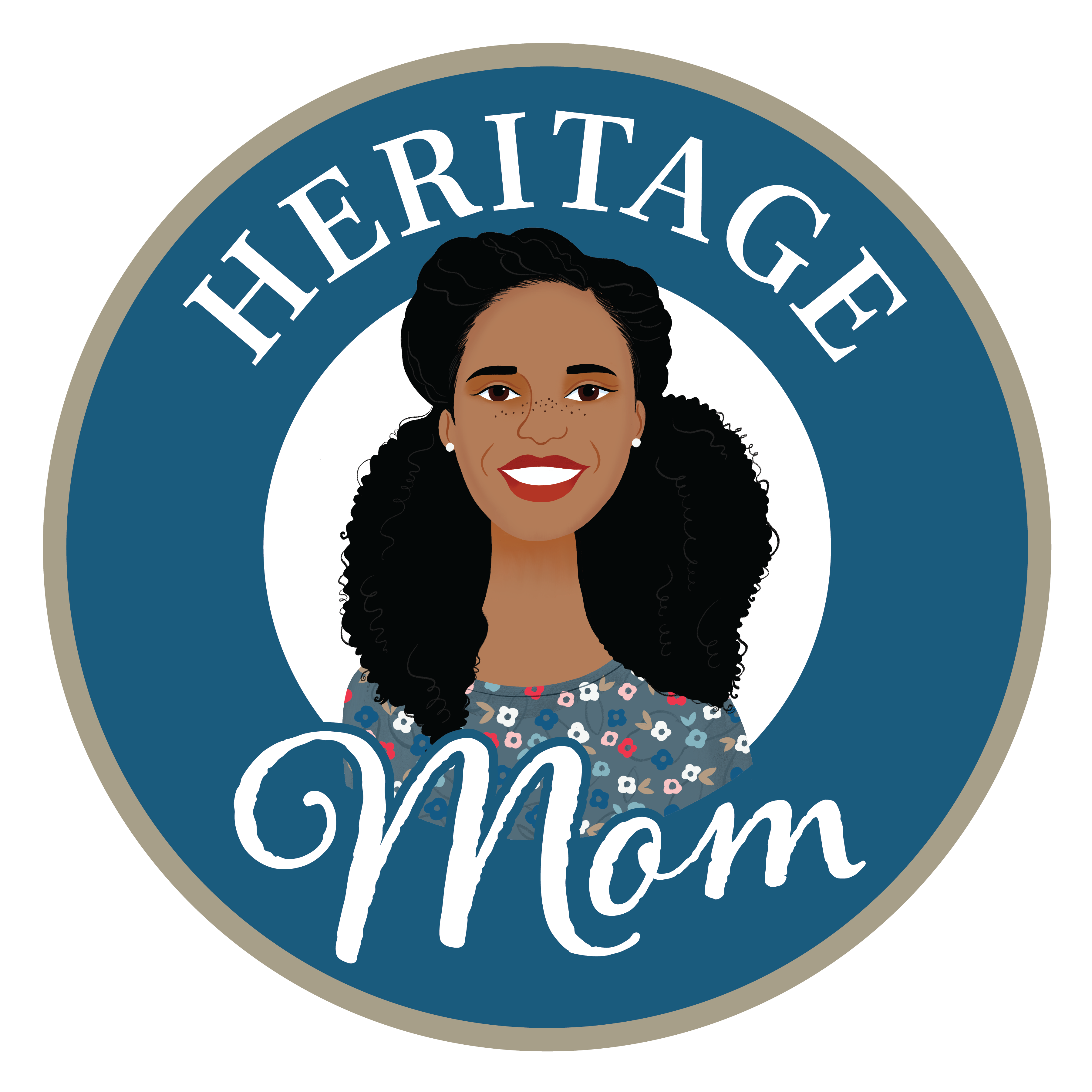
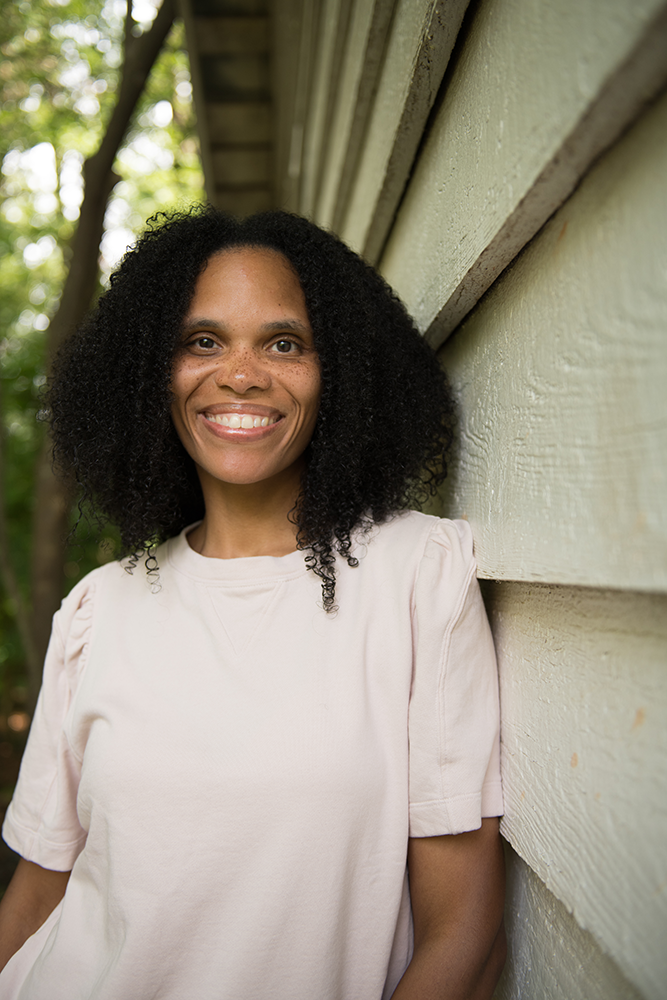
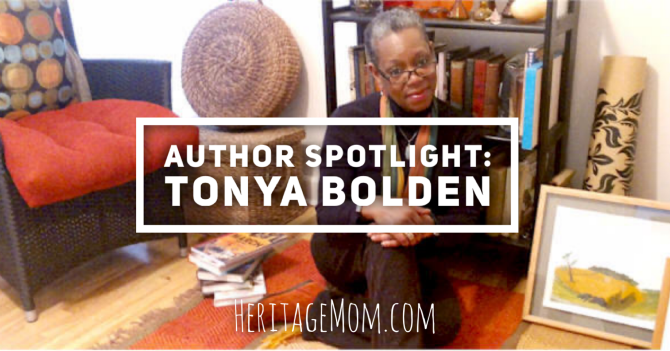
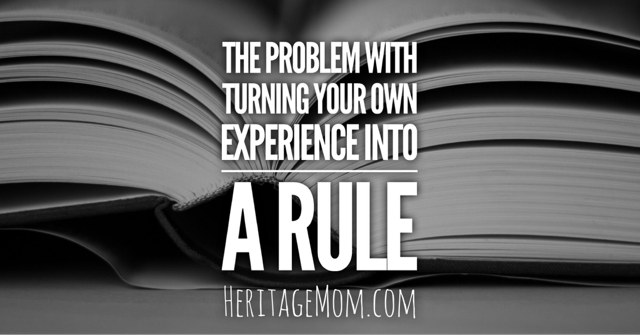


I appreciate these thoughts and reminders for how to incorporate books throughout the day! I know this isn’t the main point of your post, but I was curious: What did book club look for your 6yo? I’d love to introduce something like this for our local meetup but thought my daughter (almost 7) would be too young.
Oh, it was so fun! Basically, I let all of the parents know the name of the book we’d read. I read the book aloud over the weeks to my daughters and then we talked about it. They gave ideas for questions they could ask their friends, and I wrote the questions down on index cards in large print (1 question per card). We also came up with an ice breaker to do before she started asking the discussion questions. I reminded her to take turns calling on each person. She mostly led it on her own, but I chimed in to help with follow up questions to deepen the conversation. They loved it. We met monthly, and each time we had some sort of simple activity to go along with the book. We would complete the activity after the book discussion. You can see pics from that first meeting here: https://heritagemom.com/7-benefits-of-launching-a-kids-book-club/